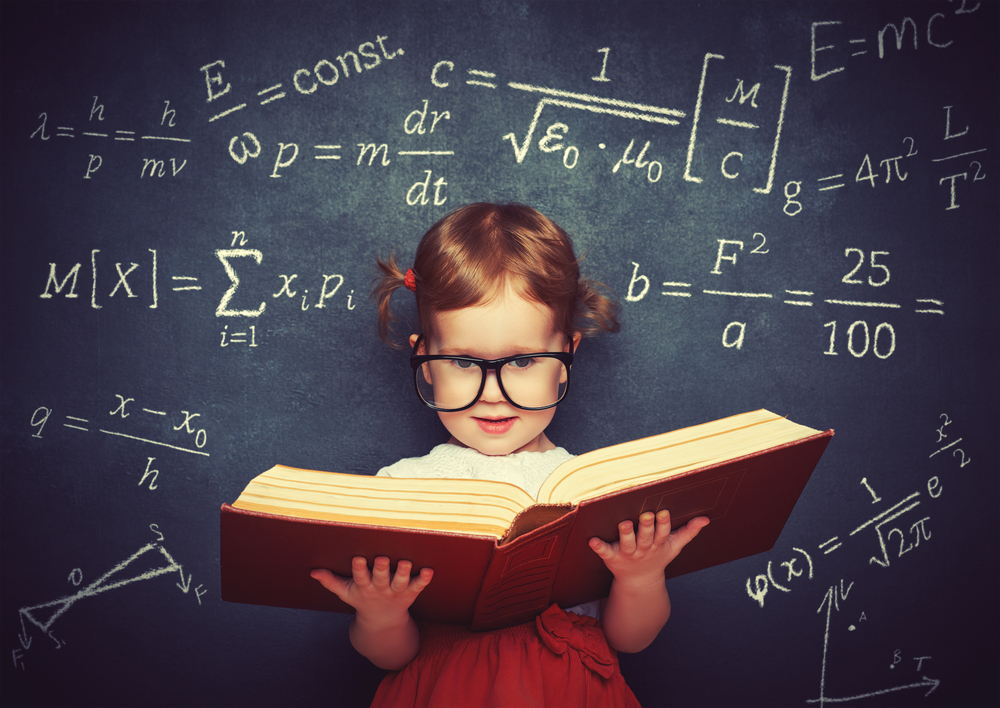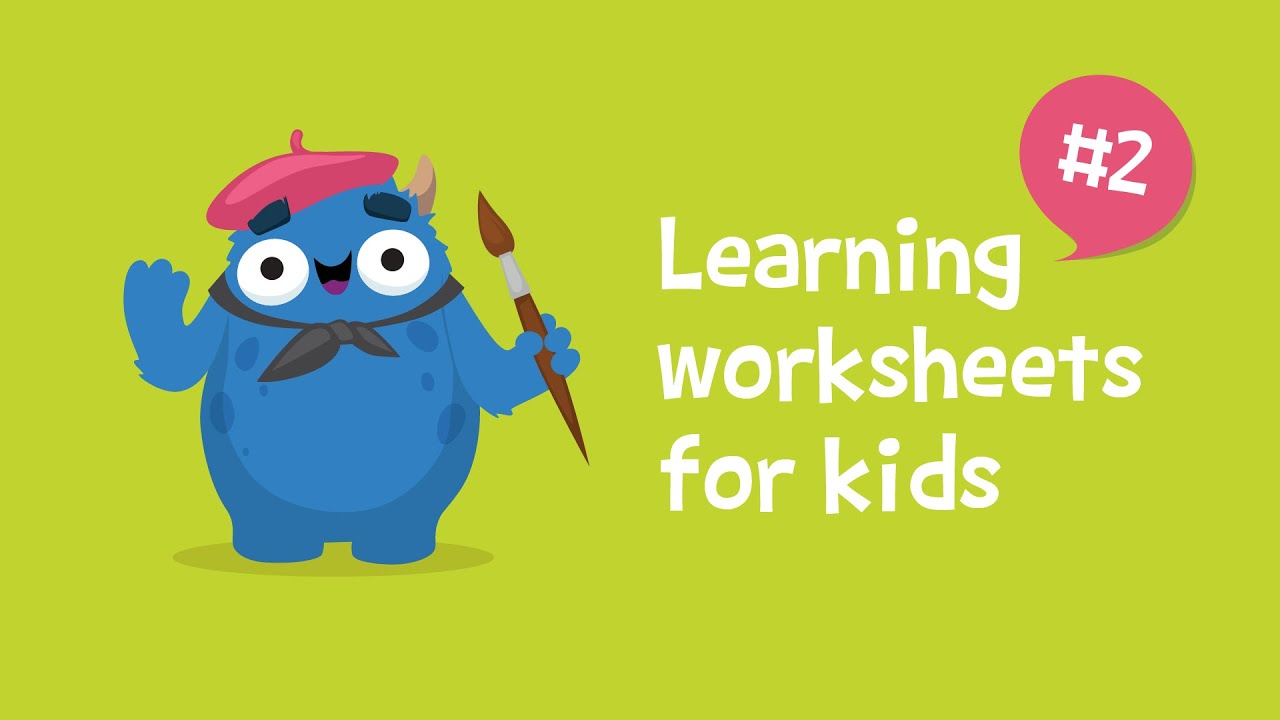Spatial understanding Math Worksheets for Ages 3-6
3 filtered results
-
From - To
Enhance your child's spatial understanding with our engaging Math Worksheets designed specifically for ages 3-6! These interactive resources help young learners develop essential skills such as shape recognition, spatial reasoning, and problem-solving through fun activities and colorful illustrations. Our worksheets encourage critical thinking and creativity while reinforcing foundational math concepts in an enjoyable way. Perfect for homeschooling or supplemental learning, these materials support early childhood education by making math both accessible and entertaining. Download our free worksheets today to help your child build confidence in their spatial awareness and set the stage for future math success!
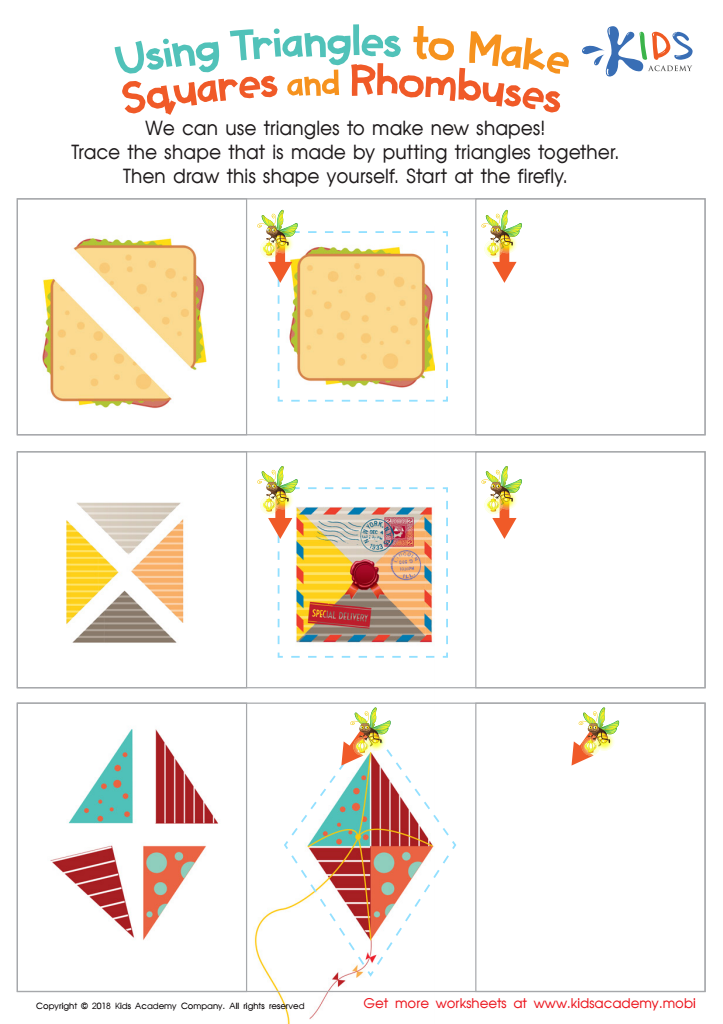

Using Triangles to Make Squares and Rhombuses Worksheet
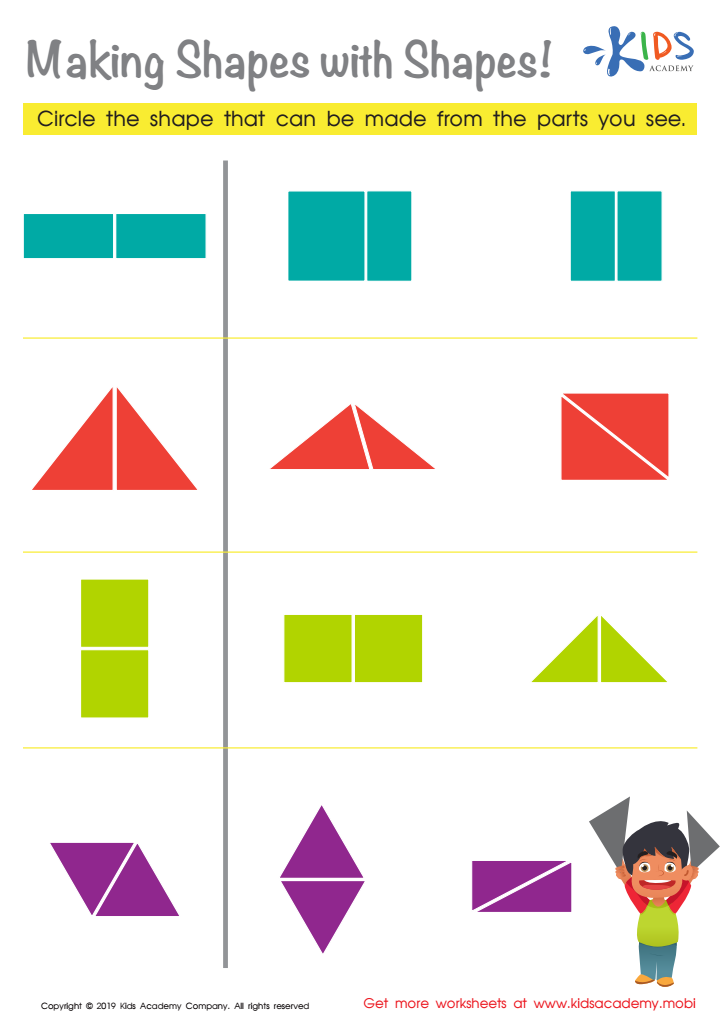

Making Shapes with Shapes Worksheet
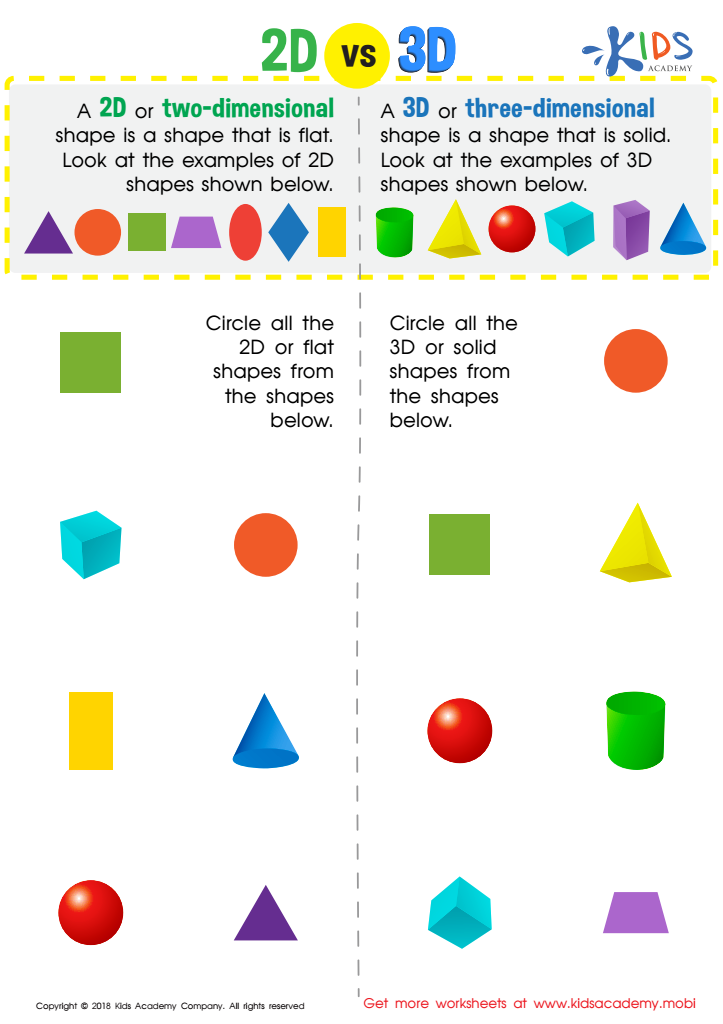

2D vs 3D Shapes Worksheet
Spatial understanding in math is crucial for children ages 3-6, as it lays a strong foundation for their future learning and cognitive development. At this formative age, children begin to make sense of their environment and relationships between objects. This skill helps them understand concepts such as shapes, sizes, positions, and movements—foundational skills for later mathematics, science, and engineering.
When parents and teachers nurture spatial understanding, they encourage critical thinking and problem-solving abilities. Activities like building with blocks, drawing shapes, and navigating through obstacle courses enhance children’s ability to visualize and manipulate objects mentally. These experiences sharpen their analytical skills, which are essential not only in mathematical contexts but also in everyday decision-making.
Moreover, children with strong spatial awareness often perform better in math and science subjects in school, setting them up for academic success. By focusing on engaging and playful strategies that promote spatial reasoning, adults can foster children's creativity, critical thinking, and confidence in tackling complex problems in the future. Therefore, prioritizing spatial understanding is vital for nurturing well-rounded learners prepared for the challenges of advanced studies and real-world applications.
 Assign to My Students
Assign to My Students





